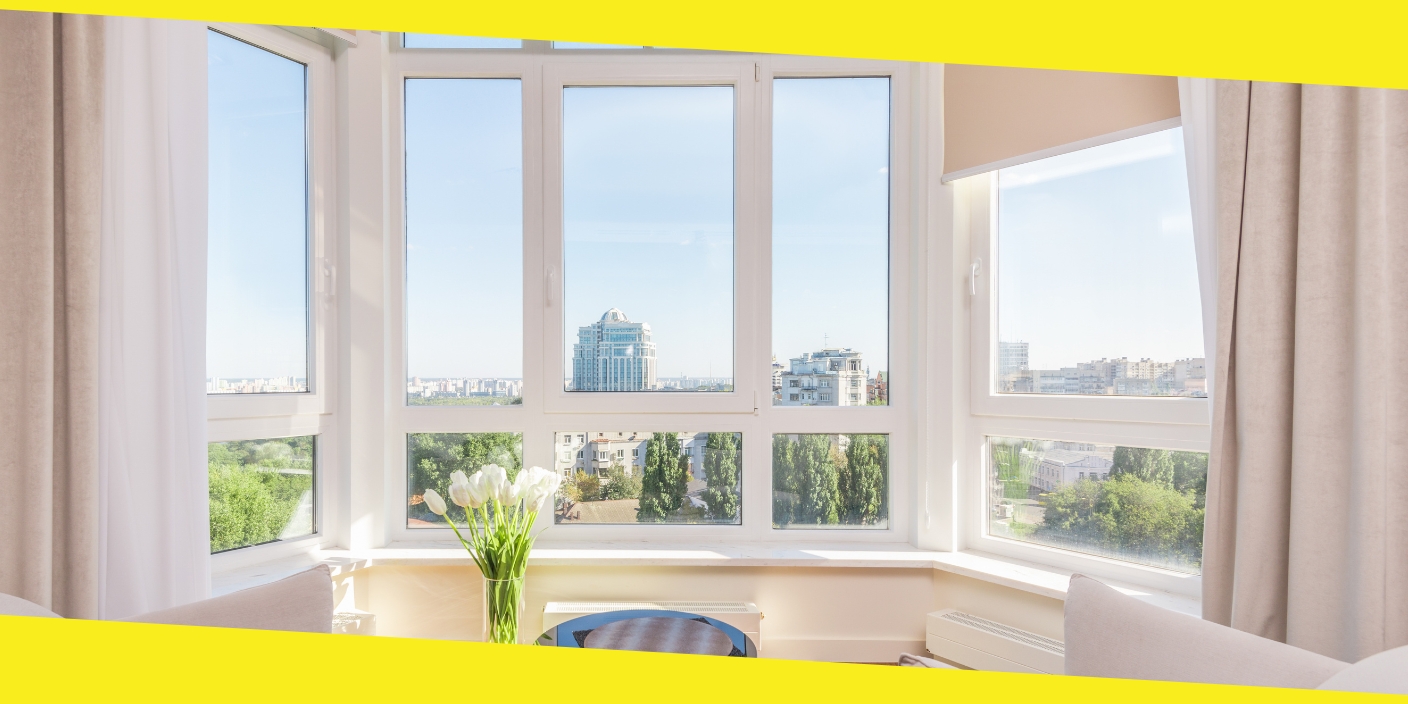How New Windows Can Maximize Your Savings and Reduce Energy Bill
This post was last updated on October 5th, 2023

One of the best ways to increase your home’s comfort while reducing your monthly energy costs is by replacing your old windows. Replacing single-pane windows with ENERGY STAR-certified double- or triple-pane windows can save between $101 and $583 annually, depending on your local climate conditions.
Contents
Toggle1. Increased Insulation
Increasing your home’s insulation is one of the best investments in energy efficiency. It will reduce your heating and cooling bills, increase your comfort and add value to your home.
Insulation in your walls and attic has long been considered the ultimate energy efficiency project, but there are other ways to improve your home’s insulation.
Replacing windows with insulated glass can reduce energy loss by up to 30%, depending on your local climate. Window panels come in various options, including Low-E coatings and gas-filled panes that can help insulate your home from the heat and cold of your area.
Suppose you are still determining which improvements will bring the most savings to your home. In that case, help from professional installers like the one in Michigan Screen & Window Repair services can be an excellent way to understand what you could save with new windows and other energy efficiency upgrades. Then, you can decide which is best for your needs and budget.
2. Increased Value
Custom windows and doors are often one of the least expensive home improvement projects and a great way to increase the value of your home. However, they add less value than other major renovations, such as a new exterior or a kitchen or bathroom remodel.
Depending on your local housing market, the return on investment for replacing your windows can vary. But to maximize your savings and reduce energy bills, you’ll want to consider the added value of new, energy-efficient windows.
A recent Freddie Mac study found that greener homes sold for 2.7% more than comparable homes that didn’t have energy efficiency upgrades. ENERGY STAR-certified windows are a proven way to reduce your home’s energy costs and boost its resale value.
3. Increased Comfort
New windows can increase your home’s comfort level, reducing the need for air conditioning and heating. Window frames made of vinyl or fiberglass conduct less heat than aluminum, allowing cool air to flow into the home during the summer and warm air to move out during the winter.
Energy-efficient dual and triple-pane replacement windows also use argon gas between the glass to reduce heat transfer across the panes. Argon and krypton gases are denser and slower moving than air, reducing the heat transfer rate from one page to another.
Windows with low-e coatings and gas-filled construction reduce heat loss, especially in colder climates. Coated windows help limit solar heat gain in warmer climates. Look for the ENERGY STAR label and read the ratings on the energy performance label from the National Fenestration Rating Council to choose the most energy-efficient windows.
4. Reduced Energy Bills
Replacing old windows with new energy-efficient models can reduce heating and cooling costs by an average of 12% nationwide. Window replacements also improve a home’s overall energy efficiency and make it more comfortable to live in. Companies like CAE Marketing & Consulting assist professional window installers in becoming visible to those who need them.
According to the U.S. Department of Energy, heat gain and loss through windows are responsible for 25%-30% of a home’s total heating and cooling energy use.
Replacing old single-pane windows with new, more energy-efficient ones is a good idea. A double- or triple-pane window will provide superior insulation, preventing cold air from entering the home during winter and hot air from escaping in summer.
Energy-efficient windows are made with various materials, including wood, vinyl, composite (Fibrex), and fiberglass. They all have performance ratings that help determine how effectively they insulate the house and save on energy bills. These include U-factors, solar heat gain coefficient, visible transmittance, air leakage, and condensation resistance.
Recommended For You
How to Clean the Hardwood Floor?
Most Inside
Most Inside offers high-quality recommendations and valuable updates to enhance all aspects of your life, providing premium guidance and enriching experiences.




